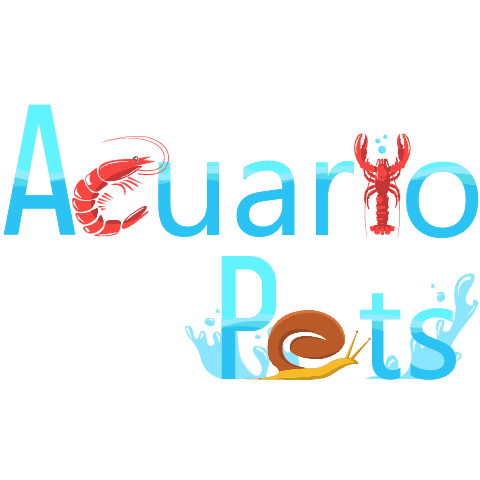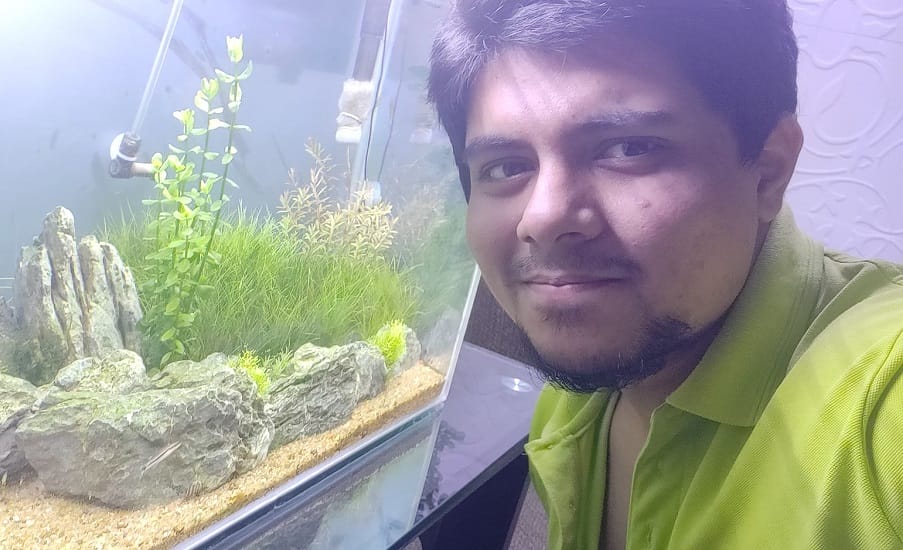This post was created with help from AI tools and carefully reviewed by a human (Muntaseer Rahman) . For more on how we use AI on this site, check out our Editorial Policy.
Check Out These FREE Tools We Made JUST For You!
Indian Almond Leaves For Betta: Everything You Need To Know

Indian almond leaves are one of those things people either swear by or totally ignore. But if you’re keeping a betta, they’re honestly worth your attention.
They’re not just floating leaves—they can help your fish stay calm, boost water quality, and even fight off infections. Let’s break down what they are, how they work, and why they matter.
What Are Indian Almond Leaves?
They come from the Terminalia catappa tree, mostly found in Southeast Asia. The leaves are big, flat, and brown once dried.
No, they’re not real almond trees. The name comes from how the seeds taste—kind of like almonds.
Are They Good for Bettas?
Yes, absolutely.
They release tannins—natural compounds that lower pH and help fight off bacteria and fungus. Bettas come from soft, tannin-rich waters in the wild. These leaves help recreate that.
Besides that, they calm your fish, reduce stress, and even help when breeding.
Benefits of Indian Almond Leaves
1. They Lower pH and Soften Water
If your tap water is too hard or alkaline, bettas won’t love it. These leaves gently lower pH and make the water feel more natural for them.
You’ll notice the water turn a light brown or amber color. That’s normal. That color means tannins are doing their job.
2. They Help Prevent Infection
Tannins have antibacterial and antifungal properties. They don’t work like medicine, but they can help prevent common problems like fin rot or minor wounds from getting worse.
3. They Calm Stressed Fish
Bettas get anxious in bright or sterile tanks. The darker water and leaf cover help them feel hidden and safe. You’ll often see them resting under a leaf or building bubble nests nearby.
4. Great for Breeding and Fry
If you’re breeding bettas, the leaves offer shelter and support bubble nests. Fry can also hide under the leaves, making them feel less exposed.
5. Bonus Food for Shrimp and Fry
Once the leaves start to break down, tiny critters and shrimp will nibble on them. It becomes a mini buffet in your tank.
Want to get a printable version of this infographic? Click here! [If you want to use this infographic on your website, please link back to this post as the source!]
Can They Help with Ammonia?
Not directly.
But by lowering the pH, they shift ammonia into ammonium—which is less toxic. Don’t rely on the leaves to fix major water problems though. Always keep your filter and water changes on point.
How to Prepare Indian Almond Leaves
You don’t need to overthink it. Here’s the simple method:
- Rinse them under hot water to remove dust or bugs.
- Let them dry fully if they’re still damp.
- Don’t use any that feel mushy, moldy, or smell bad.
Skip the wood vinegar stuff. It’s not needed.

How to Use Them in the Tank
1. Drop It In
Just place one dried leaf into the tank. It’ll float for a while, then sink. Leave it there unless it starts breaking apart too much.
Your betta might use it for cover or bubble nests.
2. Make a Leaf Extract (Optional)
If you don’t want leaves floating around, make a tea:
- Boil 1 leaf per 2 gallons of water.
- Let it cool.
- Strain and pour a small amount into the tank.
Start small. Don’t dump in the whole pot at once.
How Much Should You Use?
For bettas, one small to medium leaf per 5 gallons is safe. If your tank is 10 gallons, go with 1 or 2.
More isn’t always better. Too many can drop the pH too fast.
Pro tip: Remove any carbon filter while using leaves. Carbon cancels out the tannins.
What If You Use Too Many?
No big deal. Do a partial water change and add some activated carbon to the filter. That’ll pull out the extra tannins and help rebalance things.

How Long Do They Last?
Most leaves break down in 3 to 6 weeks. Replace when they get too soft or thin.
If it turns slimy or clogs the filter, take it out sooner.
Alternatives to Indian Almond Leaves
Can’t find any? Try these:
- Banana leaves – Boost immunity and give similar tannins.
- Alder cones – Slow-release tannins, mostly used in shrimp tanks.
- Peat moss – Also softens water and lowers pH, but can be messy.
- Driftwood – Releases tannins too, but not as strong as the leaves.
Final Thoughts
Indian almond leaves aren’t just old hobby myths. They actually help.
They’re not a cure-all, but they make the tank feel more natural and supportive for your betta. If you’re okay with the tea-colored water, your betta will probably thank you.
Keep it simple. One leaf, some patience, and a happy fish.
About Author
Hello, I’m Muntaseer Rahman, the owner of AcuarioPets.com. I’m passionate about aquarium pets like shrimps, snails, crabs, and crayfish. I’ve created this website to share my expertise and help you provide better care for these amazing pets.
Disclaimer
This site is owned and operated by Muntaseer Rahman. AcuarioPets.com is a participant in the Amazon Services LLC Associates Program, an affiliate advertising program designed to provide a means for sites to earn advertising fees by advertising and linking to Amazon.com. This site also participates in other affiliate programs and is compensated for referring traffic and business to these companies.


